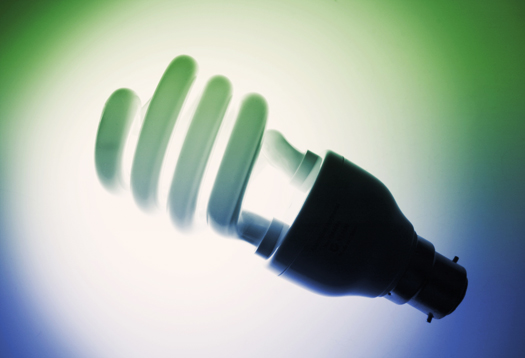Inspired by a European study on light sensitivity, a team of researchers looked into the potential impact of healthy human skin tissue (in vitro) being exposed to ultraviolet rays emitted from compact fluorescent light (CFL) bulbs.
The researchers collected CFL bulbs purchased from different locations across Suffolk and Nassau counties in New York state and measured the amount of UV emissions and the integrity of each bulb's phosphor coatings.

As reported in the journal Photochemistry and Photobiology. the results revealed significant levels of UVC and UVA, which appeared to originate from cracks in the phosphor coatings that was present in all the CFL bulbs that were studied.
The team took the same bulbs and studied the effects of exposure on healthy human skin tissue cells, including: fibroblasts, a type of cell found in connective tissue that produces collagen; and keratinocytes, an epidermal cell that produces keratin, the key structural material in the outer layer of human skin.
Tests were repeated with incandescent light bulbs of the same intensity and with the introduction of Titanium Dioxide (TiO2) nanoparticles, which are found in personal care products normally used for UV absorption.
"Our study revealed that the response of healthy skin cells to UV emitted from CFL bulbs is consistent with damage from ultraviolet radiation," says Miriam Rafailovich, professor of materials science and engineering at Stony Brook University. "Skin cell damage was further enhanced when low dosages of TiO2 nanoparticles were introduced to the skin cells prior to exposure."
Incandescent light of the same intensity had no effect on healthy skin cells, with or without the presence of TiO2.
"Despite their large energy savings, consumers should be careful when using compact fluorescent light bulbs," Rafailovich says. "Our research shows that it is best to avoid using them at close distances and that they are safest when placed behind an additional glass cover."





